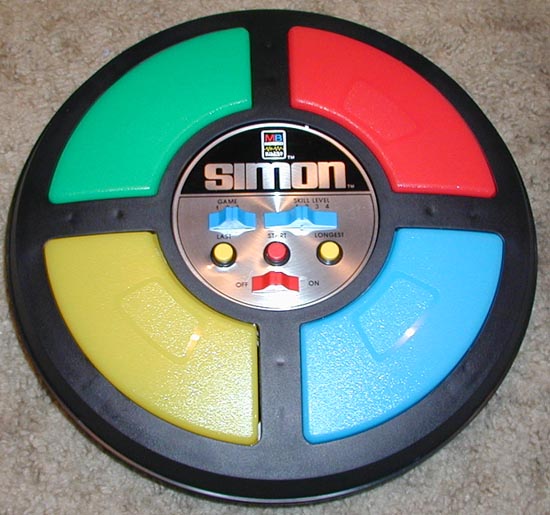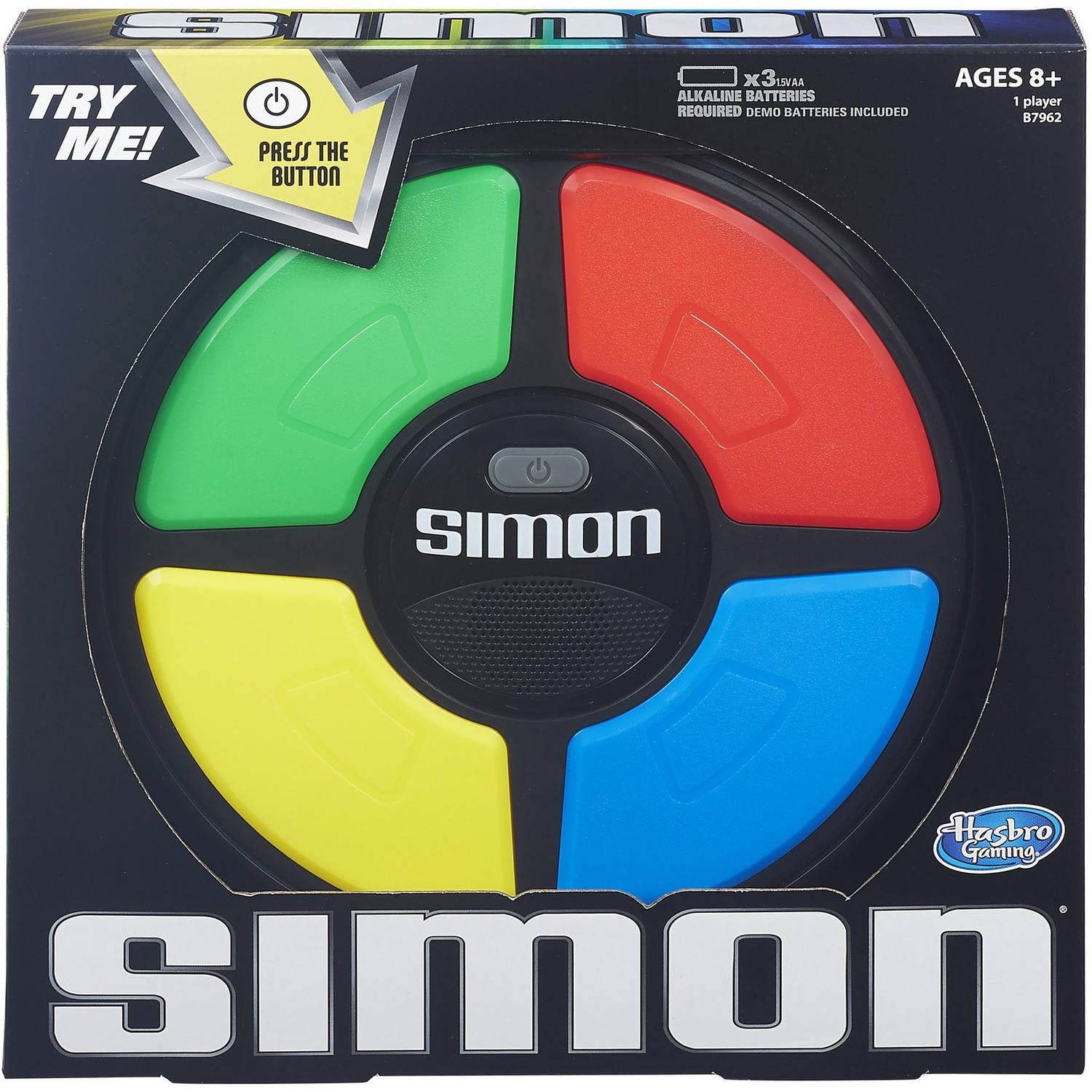
Simon Says can be played with any number of players, but it's usually best to have at least three or four people playing. The game needs plenty of space for the players to be able to move around, but it's perfect game for the classroom setting or at home. If a follower makes a mistake and does something that Simon did not say, they are out of the game. If Simon does not say "Simon Says" before the command, then the followers should not do what is being asked of them. The objective of the game is for the followers to do what Simon says, but only if Simon prefaces his command with "Simon Says." One player is designated as "Simon" and the other players are "followers." Simon Says is a game that is played with a group of people. Number Instructions: Include number instructions like "Simon Says jump three times." This helps children learn counting skills and enhances their numerical reasoning abilities. This helps to improve physical strength and movement skills.Ĭolor Instructions: Incorporate color instructions like "Simon Says touch something red." This makes the game more challenging and helps children learn color recognition. Physical Challenges: Add physical challenges like balancing on one leg or doing jumping jacks to make the game more exciting. This is a great way to improve memory retention skills. Memory Retention: Simon Says requires that players must remember which commands were included in the game. This helps to forge problem solving skills which will prove useful in later life. This can help children improve their concentration and focus.Ĭognitive Development: Simon Says can help with cognitive development as kids navigate through the different commands issued and think about what each command is asking them to do. Simon Says is a great way for them to practice and reinforce this skill in a fun and engaging way.įocus and Attention: Simon Says requires players to stay focused on what Simon is saying and to pay close attention to details.

This helps to improve their listening skills and they learn to follow instructions more precisely.įollowing Directions: Following directions is one of the most important skills that children learn in school. Listening Skills: In order to play Simon Says successfully, children must listen carefully to each command that Simon gives.
#Simon says game code#
Paste the following code into the IDE window replacing whatever’s already there.Connect the Arduino to your host computer using the mini USB cable.On the main menu of Arduino IDE, go to Tools>Board and select Arduino Nano.After installation, you will be presented with a window containing a blank “sketch” which is an Arduino program.
#Simon says game install#
#Simon says game download#


Connect the left leg of the 4 push buttons to the ground rail of the Breadboard.Connect the 4 push buttons aligning with the 4 LEDs.Connect the loose end of the blue resistor to pin D10 on the Arduino.Connect the loose end of the yellow resistor to pin D11 on the Arduino.Connect the loose end of the red resistor to pin D12 on the Arduino.Connect the loose end of the green resistor to pin D13 on the Arduino.Connect the 4 resistors from the positive leg of the LEDs to a different column on the breadboard.Connect the LEDs to the ground rail of the breadboard and a column on the breadboard ensuring that the polarity of the LED is properly aligned.With this project which is ideal for kids, you’ll be having hours of fun w ith just a handful of components and some simple code. Flashback to the 80’s with this recreation of the popular sound and light electronic Simon says game.


 0 kommentar(er)
0 kommentar(er)
